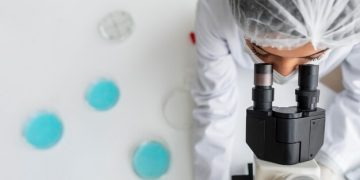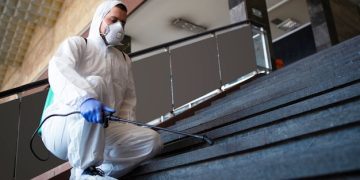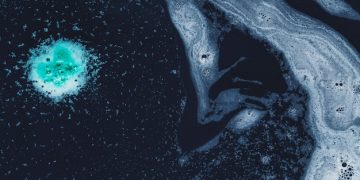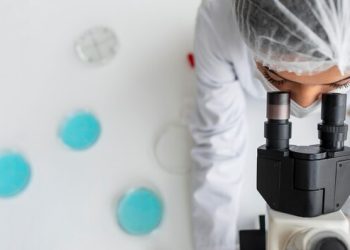
Petechiae are small, purple or red spots that show up on your skin, often on your legs, arms, buttocks, and stomach. They can also appear inside your mouth or under your eyelids. These spots might signal various health issues, ranging from mild to serious, and can sometimes be a reaction to certain medications.
Unlike a typical rash, petechiae are caused by bleeding under the skin. You can tell the difference by pressing on them; petechiae won’t turn white when pressed. Skin rashes can occur for many reasons and affect people of all ages. Often, they result from tiny blood vessels breaking under the skin, creating red dots known as petechiae.
If you notice these non-itchy red spots appearing suddenly, it’s important to see a doctor, as they might indicate a serious condition like meningitis. Meningitis is an infection of the membranes surrounding the brain and spinal cord. One symptom is a petechial rash, which can start as small spots and become more severe, resembling bruises. This rash can be hard to spot on darker skin, so check lighter areas like the soles of the feet or inside the eyelids.
Petechiae occur when tiny blood vessels, or capillaries, break open, causing blood to leak into the skin. This can happen due to local injury, viral fevers like dengue or Ebola, or certain medications. Physical strain, such as exercise or heavy coughing, can also cause these spots. Vitamin deficiencies and infections from viruses, bacteria, or fungi are other potential causes.
Some viral infections that might cause petechiae include the flu, mononucleosis, and hemorrhagic fevers. Bacterial infections like strep throat, meningitis, and scarlet fever can also lead to these spots. Fungal infections, inflammation of capillaries, and conditions like leukemia or vasculitis are additional causes. Certain medications, including some antibiotics and blood thinners, may also result in petechiae.











































